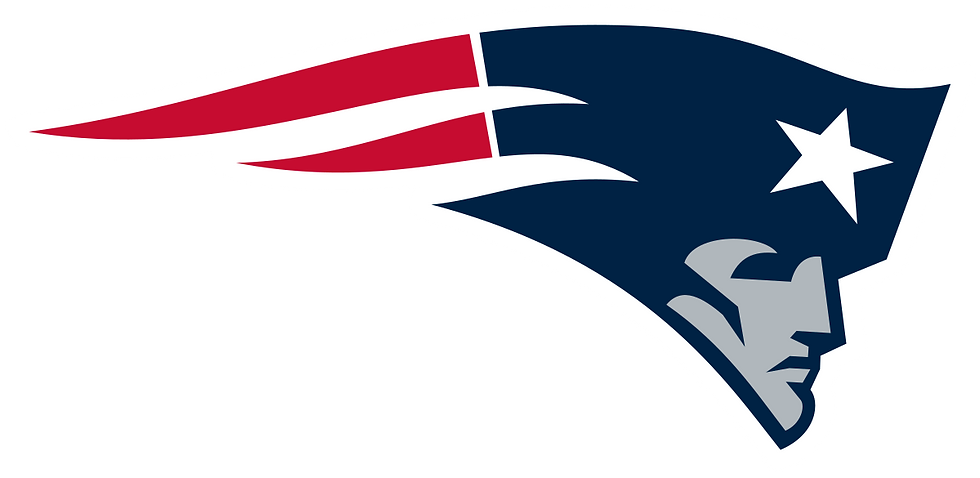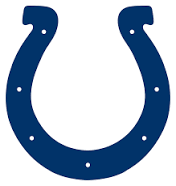New England Patriots
- Paul Grange

- Sep 24
- 3 min read

Some teams are named after animals. Others after colours or cities. The New England Patriots, though, carry the name of a revolution. When Boston’s AFL franchise was founded in 1960, owner Billy Sullivan wanted an identity that linked directly to the region’s proudest history. Massachusetts had been the site of the Boston Tea Party, the “shot heard ’round the world” at Lexington and Concord, and the militias who called themselves Patriots. The beating heart of the American Revolution. Perfect for a football team (the local MLS team that shares Gilette Stadium is simply called 'New England Revolution').
In the 1760s and ’70s, New England became the spark that lit the fire of independence. Boston, a bustling colonial port, seethed under British taxation — the Stamp Act, the Townshend Duties, and the Tea Act. Resistance turned into rebellion: in 1770, the Boston Massacre – begun when an African American lobbed a snow ball at some British soldiers - shocked the colonies. In 1773, disguised men dumped crates of tea into Boston Harbor in the Boston Tea Party. By April 1775, local militias — “minutemen” armed with muskets — faced off against British redcoats at Lexington and Concord, opening the Revolutionary War. Within months, the Battle of Bunker Hill proved the Patriots’ resolve, even in defeat, and in 1776 the Declaration of Independence made their cause official. These weren’t professional soldiers; they were farmers, tradesmen, and townsfolk who took up arms to defend liberty.
The team’s first logo, “Pat Patriot,” showed a tricorne-hatted minuteman snapping the ball, while their red, white, and blue colours tied them directly to the flag. In 1971, when the team moved to Foxborough, the name was broadened to the New England Patriots, representing not just Boston but all six states of the region. Today’s “Flying Elvis” logo is sleeker, but the identity remains Revolutionary.
The Patriots’ history on the field comes in two stages. For decades they were the plucky underdogs, rarely threatening the NFL’s elite. That changed in 2000, when they hired Bill Belichick as head coach and drafted a skinny quarterback from Michigan named Tom Brady — as the 199th pick in the sixth round. What followed was the greatest dynasty the NFL has ever seen.
Under Belichick’s cold brilliance and Brady’s relentless drive, the Patriots won six Super Bowls (XXXVI, XXXVIII, XXXIX, XLIX, LI, LIII) between 2001 and 2019. They appeared in nine Super Bowls in total during that run, redefining what sustained success looked like in the salary-cap era. “The Tuck Rule Game,” the comeback against the Falcons in Super Bowl LI, the perfection of 2007 (spoiled only by the Giants), Brady’s laser to Edelman, Malcolm Butler’s goal-line interception — these moments turned Foxborough into the stage for football history. Today a large statue of Brady stands outside the stadium. Immoratlised.
The Patriots are a team built on contradictions. A sixth-round afterthought became the greatest quarterback of all time. A coach once fired in Cleveland became the league’s genius. A team once mocked as middling became the most feared opponent in the sport. And all under a name that harks back to the first Americans who stood up against the odds and won.
From tricorne hats to Lombardi Trophies. The New England Patriots aren’t the embodiment of the region’s past and present: rebellious, resilient, and relentless.







Comments